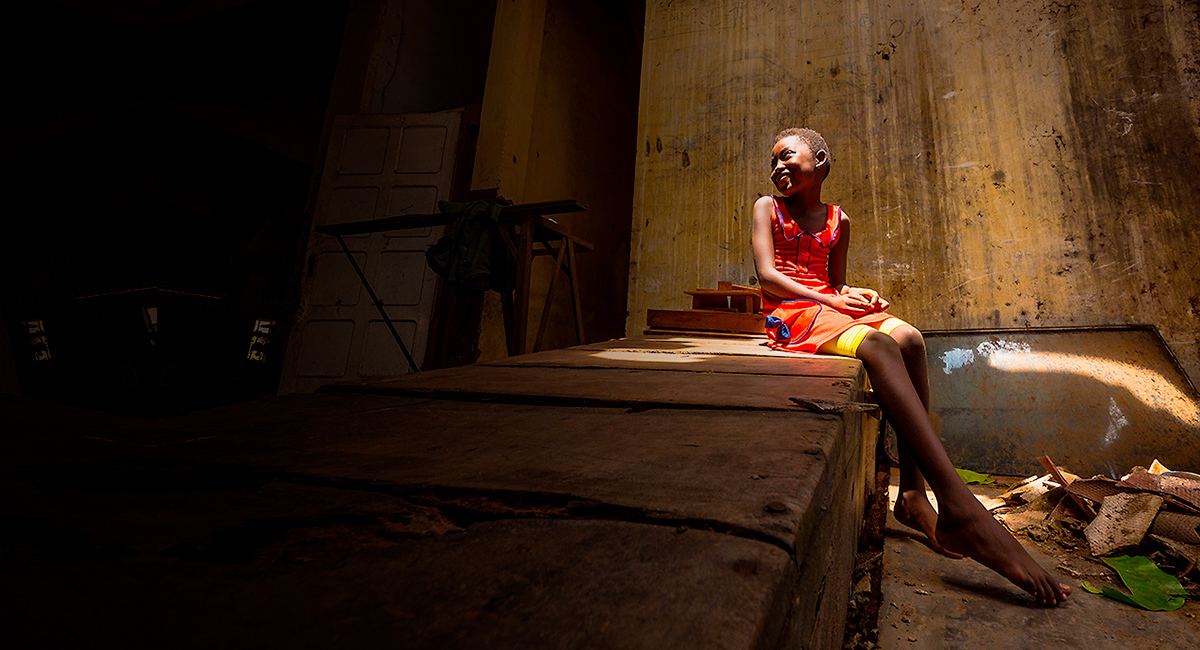8 Lessons for Beginner Photographers’
Getting started in photography can be daunting. Often, you’ll find that it can be a struggle translating your creative ideas into images and seeing the world in a new way without a host of technical skills. It's no surprise then that many beginner enthusiasts are put off. In this article, we're going to be taking a look at a number of hints, tips and secrets to get any beginner off to a great start when welcomed into the world of digital photography.

1. Get yourself off Auto
The first thing any beginner should do when getting to grips with a new camera is to be wary of falling into the ‘Auto trap’. The Auto settings will only take you so far, and many beginners find that they hit difficulties sooner than they anticipated due to factors such as low or indoor light and blurry shots.
The Auto setting uses the camera’s light meter to adjust the settings for the best possible exposure. If there isn't enough light, it will engage a longer shutter to offset the conditions. However, the longer the shutter, the more susceptible you are to camera shake. Thus the blurry indoor portrait image is born.
Read up on the relationships between Aperture, Shutter Speed and ISO. Drill it home and move away from Auto.

2. Know Your Kit
If you're going to be leaving Auto behind forever, then you're going to need to get to know your kit. It's important to remember that all cameras, from 'point and shoot' to mirrorless, to high-end DSLR will generally work in the same way and will always be as user-friendly as they possibly can. However, with such a wide range of features and scope for experimentation, most beginners are afraid of accidently making changes they can’t reverse.
Leave this anxiety behind. Press everything. Even if you start by noticing a light flicker here or a digital display change there, it's a start. Just as you have done with your car, your washing machine and your Smart TV, experiment to figure out what does what.
Start by getting the basics. Learn what the semi-auto modes such as Shutter and Aperture Priority do and play around with them. Find out where your ISO is and how to change it. Learn the relationships between the three. Once you get these, you can start to take control of the camera, rather than the camera controlling (and more importantly, limiting) you.

3. Know Your Lenses
The Panasonic LUMIX range is huge. Within this, there are all kinds of variables on lenses. Some will be fixed, and others will zoom. Some will be built into the body and others – probably far more common with the GH ranges – will be interchangeable and allow you to shoot with far more scope or detail. No matter what lens you have, learn the details.
The focal length refers to the distance between the two pieces of glass that sit inside the lens - 14mm, 50mm, and 300mm. The further away the pieces of glass go, the more we 'zoom' into an image. It's integral then that you know what you're shooting and as such what lens or what focal length to use.
HINT: A landscape scene will have far more potential at a wide 14mm than at 50mm, for example. Portraits are better at 35mm - 50mm as it's said it's the focal length most closely related to our peripheral vision. Something to remember for your future shoots.

5. The Rule of Thirds and Other Compositional Traits
Now we can begin to talk a little more creatively. Composition is vital to any image and whether wonderful or terrible, will dictate your viewers gaze. The rule of thirds is one of the easiest and most effective ways to compose your image. With this rule, we section our frame up into thirds, both horizontally and vertically, causing nine separate squares. We then place our subject either on one of these thirds or on a cross section where the lines meet. Most digital cameras will have the ability to select this grid on the camera's live screen to see if you can find it and play around with using the rule of thirds in your next shoot.

7. The Golden Hour
Since we're touching on landscape photography, it's worth mentioning the 'Golden Hour'. This is essentially what is considered the perfect time of day for light, generally just before dusk or just after dawn. The sun is low in the sky, and warm and subtle hues are created and cast over the subject matter. It's certainly worth getting out of bed at 5 am to catch first light, glistening dew and dawn mists rolling in over the fields.
Dusk can be a little more problematic, particularly if you're shooting the likes of a sunset. The intensity of light here can cause silhouetting, so it's worth looking into battling this with exposure compensation or even bracketing.
8. Practice
It will be no surprise to you that the key to getting started is practice. The more you shoot, the more you learn. Sometimes it's infuriating and disappointing. Other times it's liberating and inspiring. Shoot things that are new to you. Take risks, accept challenges and learn from your mistakes. Once you have the basics down, you can start honing a technique, and this comes much quicker than you might expect.
There you have it! Just a few of the many things you can do to get going if you're a beginner at photography. Don't be scared and don't let the camera dictate your actions. You'll be shooting like a pro in no time.






